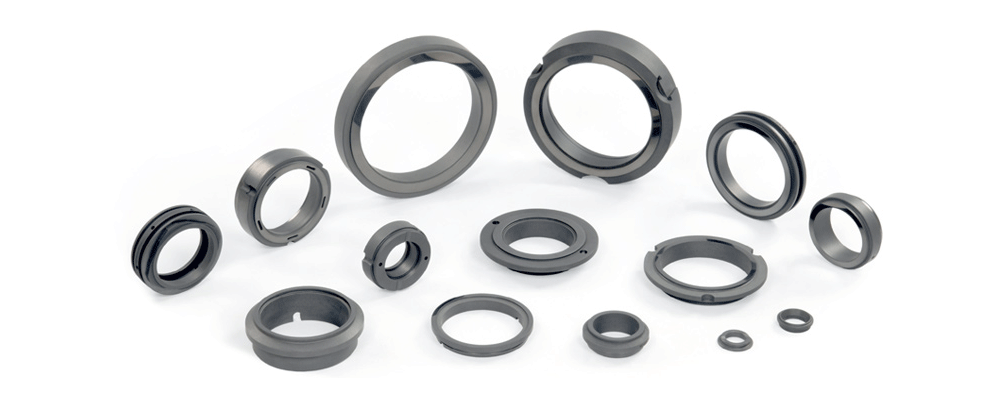How Many Seals Are In The Engine?
2024-05-22
The engine is one of the core components of cars, planes and other means of transportation. To ensure the normal operation and efficient performance of the engine, seals play a vital role in this. This article will describe the different types of seals present in an engine and explore in detail their function and location in the engine.
Cylinder Head Seals
A cylinder head seal is an important seal located between the cylinder head and the cylinder block of an engine. Its main function is to ensure the tightness of the gas in the cylinder and prevent gas leakage. Typically, each cylinder is equipped with a cylinder head seal.
Piston Seals
Piston seals are located between the piston and the cylinder and are mainly used to prevent pressure and gas leakage in the combustion chamber. Piston seals typically consist of piston rings, which include upper, lower and oil rings. Each piston requires multiple piston rings to ensure sealing performance.
Crankshaft Seals
Crankshaft seals are located between the engine crankshaft and crankcase to prevent oil leakage. Crankshaft seals typically consist of front and rear oil seals, mounted at the front and rear end of the crankshaft, respectively.
Valve Chamber Seals
Valve chamber seals are located between the engine valve chamber cover and the cylinder block and are mainly used to prevent leakage of lubricating oil and coolant. Each valve chamber usually requires the installation of a seal.
Intake And Exhaust System Seals
The intake and exhaust systems of the engine also contain some important seals, such as intake manifold seals, exhaust pipe seals and turbocharger seals. The role of these seals is to ensure the tightness of the intake and exhaust systems, improving the efficiency and performance of the engine.

Other Seals
In addition to the seals mentioned above, there may be other types of seals in the engine, such as oil pan seals, water pump seals, oil cooler seals, etc. These seals vary in function, but all play an important role in keeping the engine running properly.
Summary
The number of seals in an engine depends on the design and type of engine. Different types of engines may have different quantities and kinds of seals. The seals listed above are only a common part of engines and may vary depending on the engine make, model and use.
No matter how many seals are present in the engine, their function is to ensure the sealing performance of the individual components and prevent the leakage of liquids and gases, thus ensuring the normal operation and efficient performance of the engine.
Keeping engine seals in good condition is critical to the long-term operation and reliability of your engine. Regular inspection, rational use and timely replacement of damaged seals are important measures to maintain the health of the engine. Engine manufacturers and servicemen follow standards and recommendations to ensure the performance and reliability of engine seals during maintenance and repair.





 Contact:Pulim International Marketing
Contact:Pulim International Marketing Tel:+86 (512) 66333588
Tel:+86 (512) 66333588 Fax:+86 (512) 66333988
Fax:+86 (512) 66333988 E-mail:sales@pulim.cn
E-mail:sales@pulim.cn Add:No.155 Huayang Road, Xiangcheng District, Suzhou, P.R.China
Add:No.155 Huayang Road, Xiangcheng District, Suzhou, P.R.China
 Home
Home Products
Products Contact
Contact